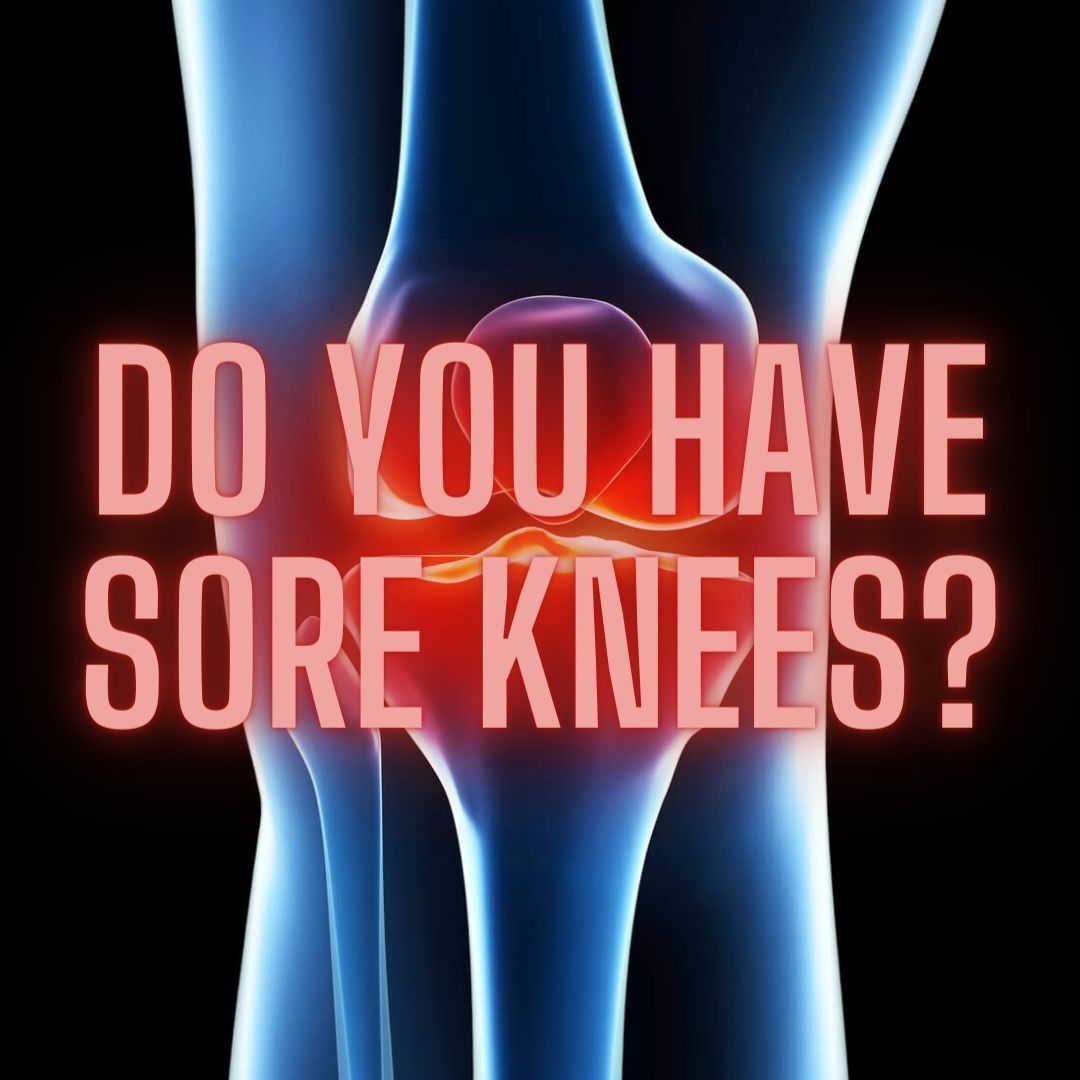The 18 Best Exercises for Knee Pain, According to a Physical Therapist - When you have achy, sore knees, working out is probably the last thing you want to do. But generally speaking, exercising bad knees can actually help them feel better.
The best exercises for knee pain have two important things in common: They strengthen the muscles that surround your knee, and put little-to-no impact on the joint, and most of the following exercises are regularly incorporated into an AinyFit Fitness PILATES Class.
Focusing on moves that bolster the surrounding muscles — specifically the quads — will make sure your knee gets the support it needs and that it doesn't take on too much strain itself when you exercise or go about your daily movements.
Other than the quads, the hamstrings, glutes and other small muscles in the hips and upper leg all play a role in keeping your knees happy.
Warning
If you're experiencing knee pain, the number-one thing to watch for is increased discomfort during exercise. In general, if you're doing a workout for bad knees, your pain level shouldn't increase by more than 2 points on a scale from 1 to 10 during or after any given exercise.
If you feel any pain while strength training for bad knees — either during or immediately after exercise — it's best to cut that move from your routine or do a different variation so that it no longer causes pain. If any exercise causes swelling or pain that lasts for more than two days, talk to a physical therapist or a physician with experience in sports medicine or orthopedics. It’s never a bad idea to play it safe and talk to a specialist if your knee issues are nagging or ongoing.
To help you get started, here are 18 good exercises for sore knees to add to your workout routine:
Move 1: Straight-Leg Raise
Straight leg raises help to strengthen your quadriceps muscles, which are the main muscles supporting the knee joint. The quadriceps muscles' action is to flex your hip and to extend your knee. You use your quads doing most everyday activities, like walking, squatting and even simply standing. In general, doing any quad exercise for knees can really help ease the pain.
- Lie flat on your back. Bend one of your knees at a 90-degree angle so that your foot is flat on the floor and extend your other leg.
- Lift the extended leg until it reaches the height of your bent knee.
- Slowly lower your leg back down to the floor.
Move 2: Standing Hamstrings Curl
The hamstring muscles do just the opposite of the quads: They help to extend your hip and to flex your knee. Increasing hamstring strength can help to promote increased stability around your knee joint, which can help you avoid injury and limit pain.
- Stand with your feet close together in front of a bar or countertop that you can lightly hold onto for support.
- Bend one knee to curl the leg backward until your knee forms a 90-degree angle, or as close to it as your range of motion allows. Keep your knees in line with each other.
- Hold this contraction for a second or two.
- Straighten your knee to lower the foot back to the floor.
- Switch sides.
Move 3: Clamshell
Clamshells are great for strengthening your glute medius and glute minimus, also known as the "side butt" muscles. When your glutes are weak, your thigh tends to rotate inward, This is an abnormal position that puts a lot of stress on the knee, increasing the risk of injuries. Strengthening your glutes normalizes hip and thigh position, reduces the loading force on the knee joint and prevents the knees from caving in on each other when landing.
- Lie on one side. Stack your legs on top of one another, knees and hips bent at 90 degrees.
- Press your bottom leg into the floor and, with your heels pressed together, squeeze your glutes to raise your top knee toward the ceiling.
- Raise your knee as high as you can without letting your pelvis rock forward or backward.
- Pause, then slowly lower back to the starting position.
Move 4: Wall Sit
Wall sits, also known as wall squats, build strength and endurance in your glutes, calves, quads and even your abdominals, All those muscles play a role in keeping the knees stable and strong. Plus, because this is an isometric exercise in which you hold a single position, it tends to be comfortable on even the crankiest of knees.
- Stand with your back pressed firmly against a wall and your feet hip-width apart and a foot or two in front of you.
- Keeping your back pressed into the wall, slide down and bend your knees until your thighs are parallel to the floor. Your ankles should be directly under, or in front of, your knees. Place your hands on your lap or in front of your chest. (Don't cheat by pressing your arms into the wall.)
- Tighten your core and press your lower back into the wall. Hold this seated position for a few seconds, then, slide up the wall to stand back up. Repeat.
Move 5: Seated Heel Slide
The focus here is the hamstring muscles. Strengthening the posterior muscles of the lower extremities helps to balance out the anterior quad muscles, which can better help protect the knee from injury, such as ACL tears. The sliding movement also helps to increase circulation in the knee which might help with inflammatory conditions like arthritis.
- Sit in a chair with your knees bent and feet flat on the floor. Place a towel or slider under one foot.
- Press into the slider and slide your foot forward as far as you can without moving your hips.
- Press into the slider and slide your foot back.
Move 6: Bridge With Ball
Adding the ball to the glute bridges recruits your hip adductors [inner thigh muscles] and your hip extensors [glutes and hamstrings], mainly your gluteal muscles. Stabilizing and strengthening these areas helps to protect your knees.
- Lie on your back with your arms at your sides, feet flat on the ground and knees bent. Place a Pilates ball in between your knees and squeeze enough to keep it from falling.
- On an exhale, squeeze your glutes, press into your heels and drive your hips up toward the sky.
- Raise your hips until you form a diagonal line from your knees to your hips to your chest.
- Pause here for a moment.
- Reverse the motion and return to the starting position.
Move 7: Standing Terminal Knee Extension With Resistance Band
Another great quad exercise for painful knees, this exercise helps to increase quadriceps muscle strength, which ultimately supports the knee and helps decrease pain.
- Wrap a resistance band around an anchor. Walk far enough away from it so that there’s very little slack left in the band. Facing the anchor, wrap the other end of the band around one knee.
- Bend that knee, moving in a slow and controlled way so that you don’t just give into the pull of the band but rather control the resistance fully with your knee.
- Straighten your knee again.
Move 8: Reverse Lunge
Reverse lunges are great knee pain exercises because they strengthen both your quadriceps and glutes. If you have knee pain, reverse lunges are better than forward lunges because they put less forward stress on the knee. Most people also find it easier to maintain stability in the front leg doing reverse lunges vs. forward lunges. Keep both feet pointed straight ahead and keep the front foot planted firmly so the heel is down on the ground. Keep your back straight and neck in a comfortable, neutral position looking straight ahead.
- Stand with your feet about hip-width apart with your arms at your sides.
- Step with your right leg 3 feet behind you and bend your knees until they form 90-degree angles. Your back knee should hover an inch above the ground and your front thigh should be parallel to the ground.
- Keep most of your weight in your front leg as you press into your left heel and straighten your left leg.
- Bring your right leg back to the starting position and stand up.
Move 9: Hip Adduction With Ball
The goal here is to strengthen your hip adductor muscles. By keeping the hip muscles strong, it prevents improper positioning of the knees, which avoids necessary strain.
- Lie on your back with your arms at your sides, feet flat on the ground and knees bent. Place a Pilates ball in between your knees.
- Use your inner thighs to squeeze in on the ball as much as you can.
- Slowly release, but make sure to keep the ball from falling out.
Move 10: Supine Heel Slide
This is another one that helps strengthen those hammies and promotes blood flow in the knees.
- Lie flat on your back. Bend one of your knees at a 90-degree angle so that your foot is flat on the floor and extend your other leg.
- Place a slider underneath the foot of your extended leg, then bring it in, bending your knee so that it comes in next to the other knee.
- Pause for a second, and then slowly slide your leg back out, keeping the toes flexed.
- Switch sides and continue to alternate.
Move 11: Quad Set
Quad sets help to isometrically strengthen your quadricep muscle. The quad muscles are needed in sitting, standing, squatting and running. Strengthening your quads helps to support the knee joint, helping to decrease pain.
- Lie flat on your back. Bend one of your knees at a 90-degree angle so that your foot is flat on the floor and extend your other leg, flexing your toes. Place a small folded-up towel under the knee of your extended leg.
- Squeeze the muscles in your extended leg so that it fully straightens and your quad muscle is fully engaged.
- Hold this contraction for three seconds, and then relax the leg again.
Move 12: Lateral Lunge
Side lunges strengthen lots of muscles in your lower body, including your glutes, hamstrings, quads and inner thigh muscles. They even work your core. The side-to-side move puts less strain on the cruciate ligaments — part of your knees known to experience pain.
- Stand with your feet together and hands at your sides.
- Take a large step out to the right, sinking your hips back and bending your right knee (it should align directly with your right ankle).
- Keep your left leg straight (but don't lock your knee), making sure both feet are parallel to each other and pointing forward. Maintain a neutral spine with your chest lifted.
- Push off your right foot and straighten your right leg as you return to standing.
Move 13: Side-Lying Hip Abduction
This move focuses on strengthening the muscles of the outer thigh and hip, which will help to keep the knees in a more neutral position.
- Lie on one side with your hips stacked directly on top of each other. Bend the bottom knee.
- Keeping your toes flexed, lift your top leg up toward the ceiling as far as possible, focusing on lifting with the outer hip muscles.
- Slowly lower your leg back down.
Move 14: Short Arc Quads
Unlike some other more traditional quad-strengthening moves, this exercise gets the job done without putting any weight on the knee joint.
- Lie on your back with a bolster, rolled-up towel or foam roller underneath both knees. Keep your lower back pressed into the floor.
- Squeeze your quad muscles in one leg so that the leg gets rigid and the knee completely straightens.
- Hold the contraction for a few seconds before relaxing the leg again.
Move 15: Standing Hip Abduction With Resistance Band
This move targets your hip abductor muscles. There is a big relationship between hip strength and knee position. By strengthening your hips, it can help avoid poor positioning of your knees and reduce strain.
- Wrap a resistance band around an anchor. Walk far enough away from it that there’s very little slack left in the band. Stand with the anchor to your left, and wrap the other end of the band around your right ankle.
- Without letting the band control the movement, slowly lift your right leg out to the side and away from the midline of your body.
- Pull against the band to bring your leg back next to the other.
Move 16: Standing Hip Adduction With Resistance Band
This move complements the previous one, this time strengthening your hip adductor muscles, or the glute muscles on the outside of the hip.
- Wrap a resistance band around an anchor. Walk far enough away from it that there’s very little slack left in the band. Stand with the anchor to your right, and wrap the other end of the band around your right ankle.
- Without letting the band control the movement, slowly lift your right leg out to the side and away from the midline of your body.
- Pull against the band to bring your leg back next to the other.
Move 17: Standing Hip Flexion With Resistance Band
This move helps to strengthen the hip flexors, which are the muscles in the front of the hips that connect the pelvis and the leg. Strengthening these muscles can help promote proper positioning of the hips and knees.
- Wrap a resistance band around an anchor. Walk far enough away from it that there’s very little slack left in the band. Stand with the anchor to your back, and wrap the other end of the band around your right ankle.
- Without letting the band control the movement, slowly lift your right leg forward, keeping your knee straight.
- With control, bring your leg back next to the other.
Move 18: Standing Hip Extension With Resistance Band
The glutes and hamstrings are the main hip extensor muscles, connecting the hips and the legs at the back of the body. You use these muscles when you extend your leg behind you.
- Wrap a resistance band around an anchor. Walk far enough away from it so that there’s very little slack left in the band. Stand facing the anchor, and wrap the other end of the band around your right ankle.
- Slowly lift your right leg backward, keeping your knee straight.
- With control, bring your leg back next to the other.


